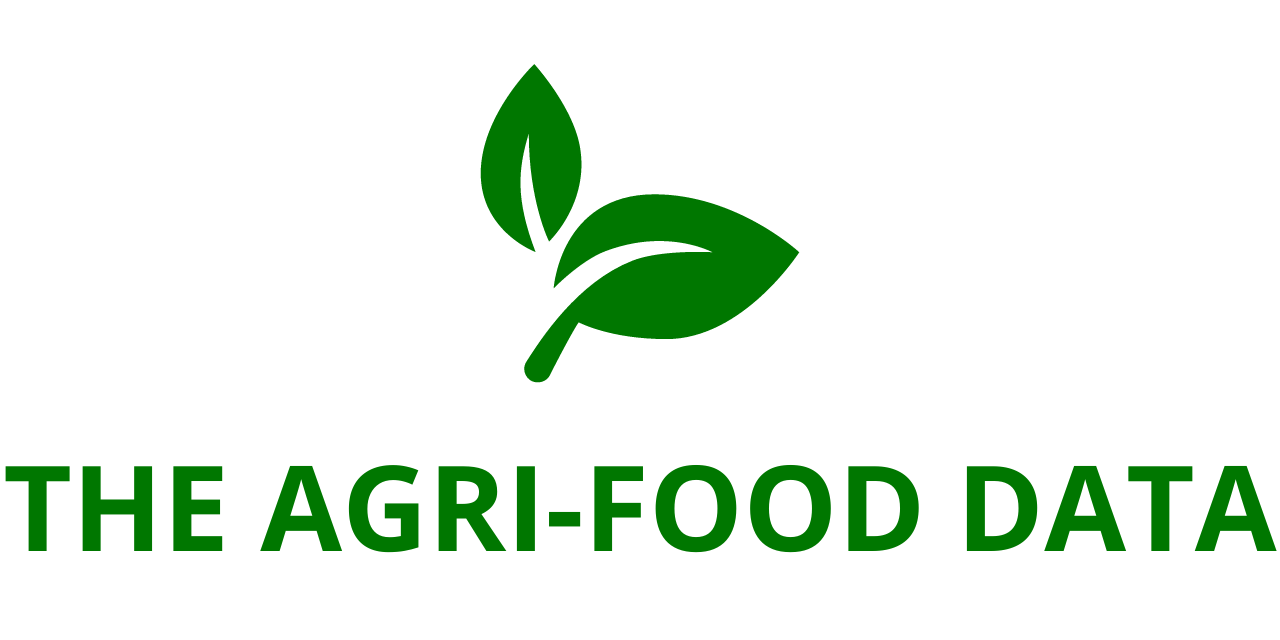
The global agricultural industry is undergoing a profound transformation, and biostimulants are emerging as one of the most influential catalysts in this change. According to the latest report, “Biostimulants – A Global Market Overview” by ResearchAndMarkets.com, the global market for biostimulants is estimated to be worth US$3.9 billion in 2024 and is projected to more than double to US$8.2 billion by 2030, reflecting a robust compound annual growth rate (CAGR) of 13% between 2024 and 2030.
This report provides a detailed analysis of the biostimulants industry by active ingredient, application method, and crop type over the period 2021–2030, with special forecasts for 2024–2030. In addition, it profiles leading companies and highlights recent technological, industrial, and regulatory developments shaping the sector.
Drivers of Market Growth
The rise of biostimulants is being propelled by the global shift toward sustainable farming practices and the increasing rejection of chemical-intensive agriculture. Farmers, policymakers, and consumers are becoming more conscious of soil degradation, declining fertility, and the negative consequences of excessive reliance on synthetic fertilizers. Against this backdrop, biostimulants are seen as a promising alternative.
These products play multiple roles: they improve nutrient uptake efficiency, strengthen plant resilience against abiotic stresses such as drought or salinity, and enhance soil fertility. At a time when arable land is shrinking and global food demand is rising, these advantages make biostimulants indispensable in addressing future agricultural challenges.
Regulatory support has also accelerated adoption. The European Union’s classification standards and the United States’ organic transition programs have given biostimulants a formal framework, encouraging farmers and input suppliers to embrace them more broadly. At the same time, advances in biotechnology and R&D have led to tailored formulations designed for specific crops and climates, improving product effectiveness and farmer confidence.
Global Adoption Trends
The momentum behind biostimulants is particularly evident in large agricultural economies such as China, India, the United States, and Brazil, where they are increasingly deployed to meet growing food demands. In Europe, however, demand has been more stable but highly consistent, particularly in high-value segments such as fruits, flax, and horticultural crops.
Europe’s adoption is strongly tied to its commitment to sustainability and organic production. Meanwhile, in Asia-Pacific and Latin America, the adoption is more urgent—driven by the need to restore degraded soils, mitigate climate change impacts, and increase yields. Additionally, partnerships between agrochemical companies, research institutions, and governments are channeling significant investment into biostimulant technologies, further strengthening their foothold worldwide.
Regional Market Analysis
Europe continues to dominate the biostimulants market, holding an estimated 39.2% share in 2024. Countries such as Germany, France, Italy, and Spain are leading the way, benefiting from regulatory clarity, robust R&D pipelines, and heightened consumer awareness of sustainable food production. Germany, in particular, stands out as a major market due to its emphasis on rapeseed and protein crops, where biostimulants are increasingly integrated to improve yields and resilience.
Meanwhile, the Asia-Pacific region is expected to grow at the fastest CAGR of 14.4% between 2024 and 2030. China and India are at the forefront, driven by pressing challenges such as soil degradation and the need for climate-resilient practices. These countries are witnessing strong demand for seaweed-based biostimulants, while government-backed initiatives to promote organic and sustainable agriculture provide additional support. Emerging economies such as Japan, Thailand, and Indonesia also represent attractive growth opportunities due to rising awareness of agrochemical risks and food safety.

Market by Active Ingredient
Among the different categories of active ingredients, acid-based biostimulants dominate the global market with a 42.2% share in 2024. Humic and fulvic acids are particularly significant, offering a wide range of benefits such as improving soil aeration, water retention, and microbial activity. They also boost plant nutrient absorption and tolerance to environmental stresses, making them especially valuable in regions facing declining soil quality.
The seaweed extracts segment, however, is the fastest-growing, projected to expand at a CAGR of 13.9% through 2030. Extracts from brown algae such as Ascophyllum nodosum are rich in natural plant hormones and trace minerals, which stimulate seed germination, enhance stress resistance, and improve soil structure. Their popularity is growing rapidly in both developed and emerging markets.
Additionally, microbial biostimulants—which include beneficial bacteria, fungi, and yeasts—are carving out a significant niche. Their ability to support plant nutrition, improve stress tolerance, and regenerate soils is aligning with the push toward bio-based agricultural solutions.
Market by Application
When it comes to application methods, foliar sprays hold the largest share, accounting for 63.4% of the global market in 2024. Foliar application enables plants to absorb nutrients directly through leaves, ensuring rapid action and stress recovery. Active ingredients such as glycine betaine and chelated nutrients are commonly used in foliar sprays to strengthen cellular processes and enhance overall plant health. Farmers also value foliar sprays for their ease of application and compatibility with other pest and disease management techniques.
However, seed treatment is emerging as the fastest-growing application method, projected to record a CAGR of 14.7% from 2024 to 2030. Coating or pelleting seeds with biostimulants improves germination, seedling vigor, and early growth even under challenging conditions. This approach is not only cost-effective but also labor-efficient, making it particularly appealing to farmers pursuing sustainable practices.
Market by Crop Type
On the crop side, cereals and grains dominate, representing 42.5% of the biostimulants market in 2024. Crops such as wheat, rice, and maize are under mounting production pressures due to shrinking farmland and climate variability. Biostimulants provide much-needed support by improving nutrient efficiency and stress resilience, ensuring reliable yields in both developed and developing regions. Policies in China, India, and the United States that promote food security and sustainable agriculture are further bolstering adoption.
The fruits and vegetables segment, however, is forecast to grow at the fastest CAGR of 14.4% during 2024–2030. Rising consumer demand for pesticide-free, high-quality produce is fueling greater investment in biostimulant technologies. These products not only improve crop yield and stress tolerance but also enhance qualities such as flavor, shelf life, and nutrient density. This aligns with European Union sustainability goals and organic certification standards, where fruits and vegetables are high-value crops justifying higher input costs.






